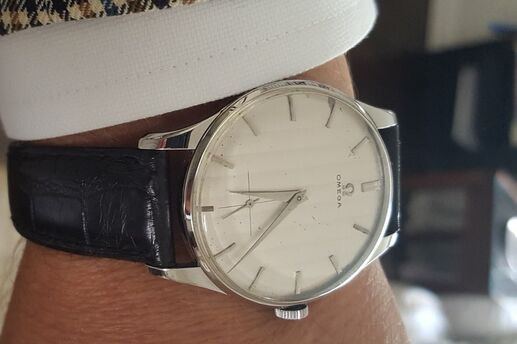Shaving SOS: Your 5 Most Common Problems, Solved

Problem No. 1: Razor Burn
These are the patches of red, irritated skin that appear within minutes of shaving. They’re extremely sensitive and really hurt when you’re working up a sweat. Eliminating razor burn is simple; you just need to soften the skin before taking razor to face. “You should always shave after you take a shower,” says Martial Vivot, owner of Salon Pour Hommes in New York City. “The steam softens the hair and makes it stand up and softens the skin.”
Problem No. 2: Nicks
Wouldn’t it be nice to throw out that styptic pencil forever? Gushers are actually easy to avoid. The keys: Use a sharp razor, glide the blade gently across the face without applying too much pressure, and take as few passes over the face as possible. “The more passes you take over a spot with the razor blade, the worse it is for your skin,” says Ben Davis, owner of the Gent’s Place barbershop and spa outside of Dallas. As for your razor cartridge, Davis advises replacing it weekly. “You can’t use a cartridge for more than a week, or else it’ll get too dull.”
Problem No. 3: Ingrown Hair
This is when hair grows inside the follicles and beneath the surface of the skin. Doctors call it pseudofolliculitis barbae, but you just call it a pain in the neck. Literally. Preventing ingrown hairs is a many-step process. The preshave shower helps quite a bit, along with always shaving with the grain of the whiskers and not against it. Davis also suggests using a shave brush (preferably made from badger hair) to apply shaving cream: “It acts as a natural exfoliant, brushing away the outer layer of dead skin. And when you use circular motions, it helps push the hairs on the face out and creates a better lather for the shave cream.”
Problem No. 4: Barber’s Itch
These are the red bumps that look like a rash or even infected pimples. Sometimes they’re caused by ingrown hair, but often they’re from staph bacteria that enter the follicles or the skin through small cuts on the face. Davis recommends the following: 1) Rinse your razor thoroughly with hot water before you use it; 2) Apply a citrus-based preshave oil to your skin before the shave cream, to act as an antibacterial agent; 3) Use an aftershave lotion when you’re done “to seal the pores so nothing enters your bloodstream.”
Problem No. 5: Dry Skin
Simple solution: “When you’re done shaving, always use a moisturizer,” says Vivot, adding that you should reapply it at night. “You’ll find that it will make your shaving easier in the morning.”

